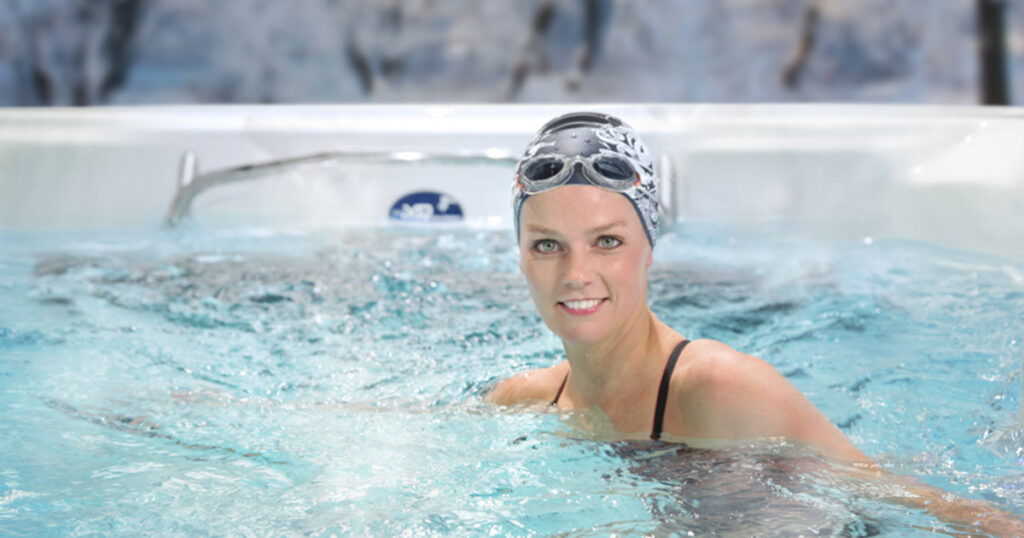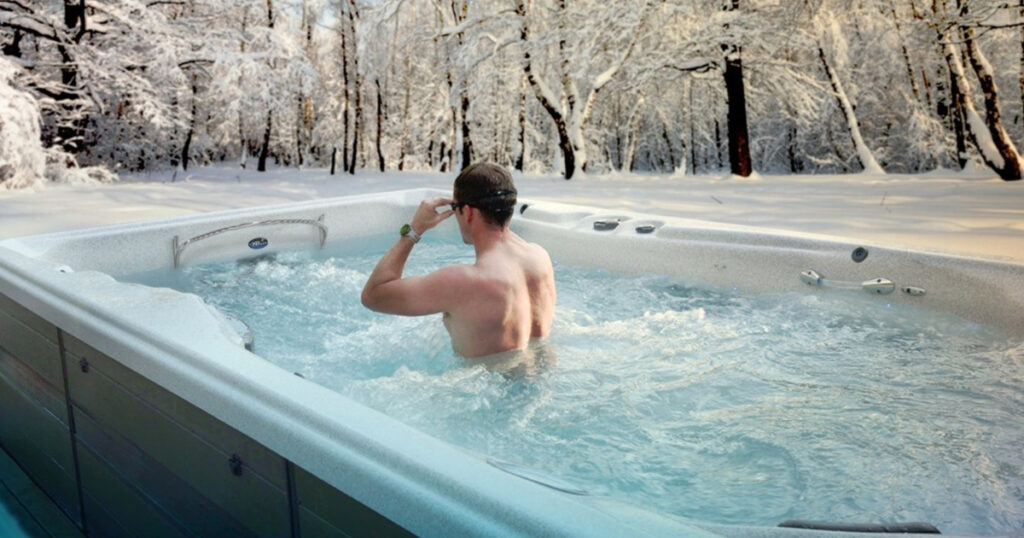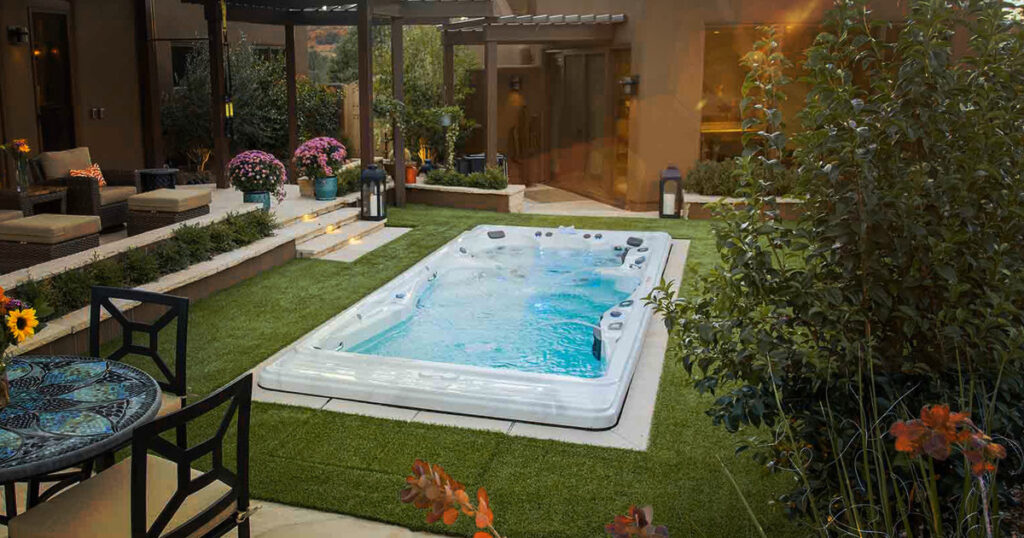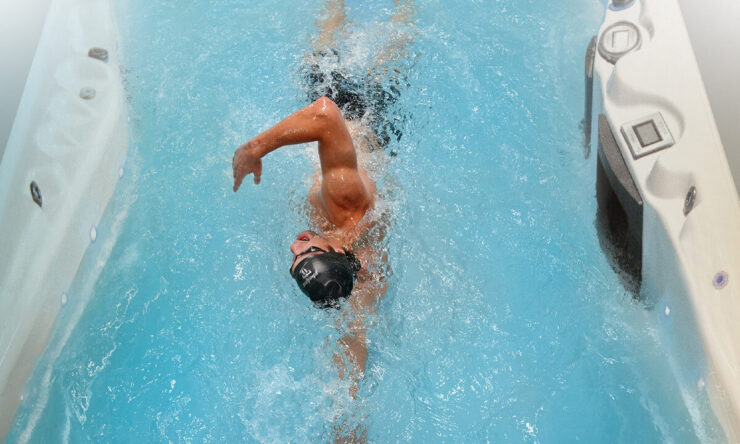The front crawl, also known as freestyle, is the most recognizable swim stroke. When you think of swimming, you are most likely going to picture this stroke — someone moving their arms like a windmill through the water.
Not only is it a popular swim stroke, the front crawl is the fastest way to swim. However, swimming fast does not always mean moving swiftly. The best swimmers look graceful as they propel themselves, rotating side to side every few strokes to breathe.
But as easy as some can make it look, swimming efficiently and with good form takes work. Every single swimmer, whether beginner or competitive, has room to refine their front crawl technique. Simple changes to your hand entry, arm position, stroke rate, and breathing pattern can result in huge improvements in your swimming.
These improvements can be especially beneficial for triathletes. Not only do triathletes have to train for the distance of an event but to do so efficiently so they can complete the bike and run.
These triathlon swimming tips will improve your ability and confidence in the water.

4 triathlon swimming tips
Swimming in a triathlon can feel daunting, especially for an adult onset swimmer. The water is an unfamiliar environment, there are hundreds of people around you, and you often can’t see in the bottom.
And the water temperature and adrenaline can trigger your fight or flight instinct, causing your heart rate to spike and your breathing to become labored.
With practice, the right swimming gear, and these swimming tips for triathletes, you will not only get through the triathlon swim but enjoy it.
Practice breathing out
Inhalation and exhalation are often something you just “do.” They are automatic, involuntary functions controlled by your brain. But once you hop in the water and begin to swim, breathing becomes something you have to think about.
Breathing is an essential skill and element of your swim technique. When you can breathe properly while swimming, you will feel more relaxed, move with greater efficiency, and even have better body position.
For triathletes, who will often be swimming in a cold body of water, learning proper breathing technique is especially valuable.
But while you might want to focus on getting in enough air, the opposite is actually true. A build-up of carbon dioxide is what triggers your need to breathe — not a lack of oxygen. It’s key to practice fully breathing out in the water during training.
When you take a breath, focus on a quick inhale as you rotate to the side. When you put your face back in the water, be sure to exhale completely. Not only will you be able to take a better breath the next time but you will feel more calm doing so.

Continuous swimming
For most people, taking part in a triathlon event means swimming in the open water. Whether you are completing a sprint or full-distance, swimming in open water is a much different experience than a pool. The water is still and free of things that grow and move. But more than that, there are no pool walls or flip turns. You are swimming the distance in one continuous effort.
Specificity of training is critical to success, so the more time you can spend mimicking race day conditions, the better you will feel in the water. For triathletes, it’s particularly important to practice continuous swimming.
If you have access to open water, you can get in one outdoor session a week. It can be a long recovery swim or you can incorporate sets to help you improve your open water swimming pace.
Weather and water conditions can play a significant role in whether you can practice continuous swimming in the open water. A Michael Phelps swim spa, though, provides a year-round continuous swimming experience.
Michael Phelps swim spas have a propulsion system that creates a smooth current of water, which allows you to swim in place. With speed settings from zero to 100, you can go for an easy recovery swim or cruise at race pace. You can swim as fast as 54 seconds per 100 meters with the Wave XP Pro system.
Practice with race-day gear
Training for a triathlon is all about feeling ready to take on the event. But being prepared for the race is more than getting in the miles on the bike and run.
Before you line up on the beach for the race, you want to get the gear you need to be successful.
Goggles are essential, making it easier to see where you are swimming but also prevent any eye irritation. Find a pair of goggles that fit your face well and that don’t leak. Some find it’s best to wear a new pair on race day to get the best seal and prevent any fogging. Depending on the race location and time of the swim, consider choosing the right lens to prevent glare on the water.
Some triathlons are wetsuit-legal. And, if permitted, you definitely want to take advantage of the opportunity. A wetsuit will help you stay on top of the water and swim faster. In addition, it will keep you warm in cold water.
But you might find that the fit constricts some muscle movement, affecting your swim stroke. The tightness can also make it feel like your breathing is restricted. Trying it out a few times before the race can make sure that you feel comfortable swimming in it.
Many triathletes prefer to test their wetsuits in open water. The water is cooler and there is no chlorine to damage the material. But if you want to try it out at home, you can wear it in the Michael Phelps swim spa. The swim spa requires less chemicals than a public pool, and you can avoid the curious looks from others at the facility.

Practice sighting
Sighting in open water is a skill that needs to be practiced and perfected before race day. You want to be able to lift your head up and spot where you are on course — without losing any momentum. Sighting seems simple enough but it can be challenging to master.
Whether you are swimming in a pool, open water, or swim spa, practice lifting up your head every few strokes. If you are in a pool, you can look for a specific landmark on the deck. For open water, you will want to choose something on shore to sight off of.
But a swim spa allows you to practice sighting while maintaining a race pace effort. Three–time IRONMAN World Champion Mirinda Carfrae uses her Master Spas swim spa to practice sighting. She sets the pace of the water current at a challenging effort and practices lifting her head while keeping her form. She will sight every 10 to 15 strokes on race day, and the continuous swimming experience allows her to do the same in the swim spa.

How to buy a swim spa
Do you want to be able to swim, exercise, and relax at home? Having a Michael Phelps Signature Swim Spa allows you to swim on your schedule while adding a fun factor to your backyard. You can click here to find out more about the benefits of hydrotherapy and relaxing in a hot tub. Or, contact your local Master Spas retailer to learn more about swim spa ownership. Wondering how much a swim spa costs? You can request a quote here.

